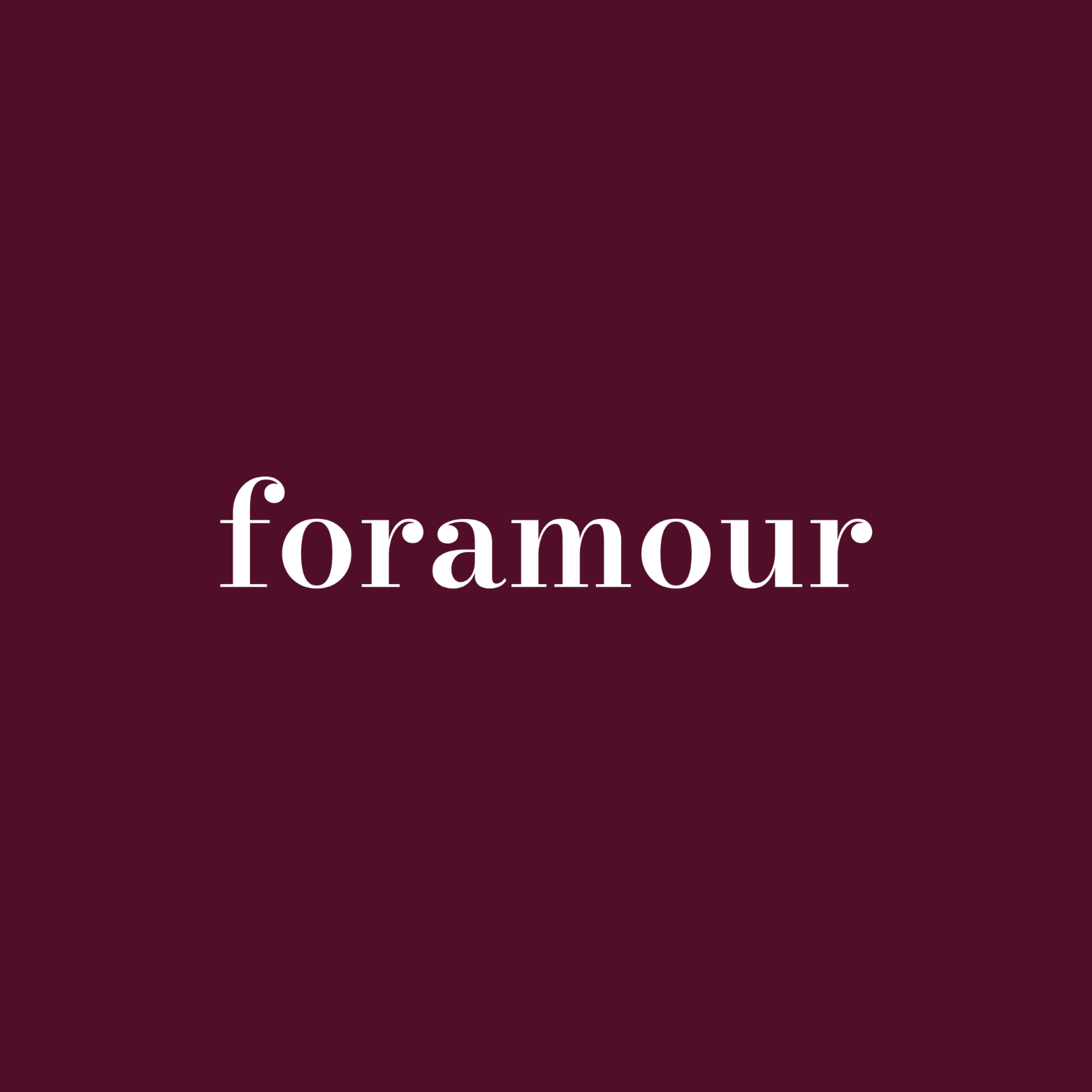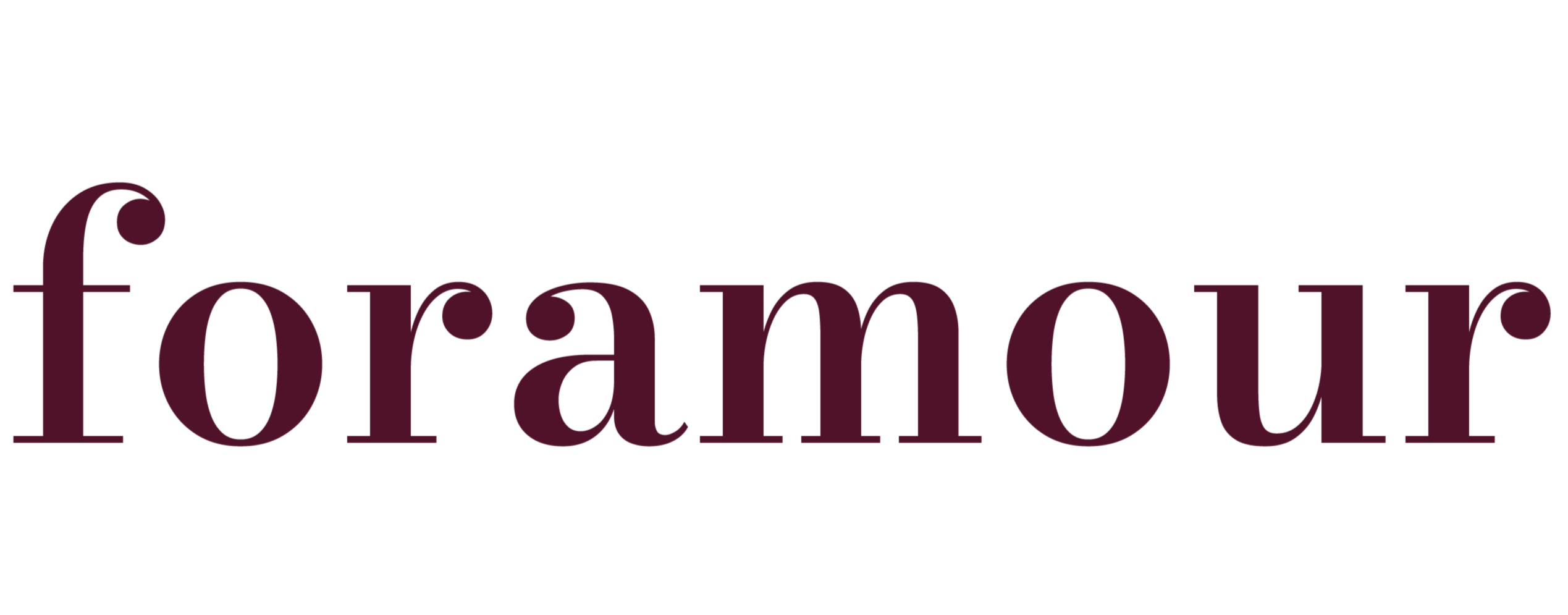
Personalization Plays Key Role in Today's Gifting
Quick Listen:
In an era dominated by generic consumer goods, a subtle yet profound shift is transforming the landscape of gifting. Envision a finely crafted gold locket, inscribed with a cherished date, or a diamond bracelet customized with birthstones that echo personal milestones. Such items transcend mere ornaments; they embody narratives, emotions, and irreplaceable bonds, meticulously shaped in precious materials. The surge in demand for personalized jewelry is redefining luxury, infusing it with unparalleled intimacy. As per recent analyses, the global personalized gifts sector, encompassing jewelry as a pivotal element, was valued at USD 28.27 billion in 2024 and is anticipated to escalate to USD 59.24 billion by 2031, advancing at a robust CAGR of 9.69% over the period. This momentum underscores how consumers increasingly seek gifts that resonate on a deeply individual level, positioning jewelry at the forefront of this evolution.
Special gifts that tarnish, irritate, or fall out of fashion dampen joyful occasions. That disappointment clouds memories meant to endure. Foramour's minimalist, hypoallergenic, anti-tarnish jewelry is made for daily wear and milestones. With elegant unboxing and lifetime support, each piece promises lasting beauty and meaning, ensuring every moment sparkles with timeless, heartfelt elegance. Shop Now!
The Essence of Personalization in Contemporary Gifting
The magnetic appeal of personalized jewelry stems from its profound emotional significance. A simple chain becomes extraordinary when adorned with an engraved name, a pivotal anniversary date, or a heartfelt inscription. This pivot to customization mirrors a wider societal trend where gifts are expected to narrate personal tales. Market insights reveal that the proliferation of occasions such as birthdays, anniversaries, and other celebrations is propelling this demand. Yet, it extends beyond mere events it's fundamentally about self-expression. In today's homogenized society, younger demographics, particularly Millennials and Gen Z, view customized gifts as reflections of their unique identities, fostering a sense of distinction amid uniformity.
Supporting data reinforces this narrative. Comprehensive reports indicate the personalized gifts market stood at USD 30.84 billion in 2024 and is poised to expand to USD 63.28 billion by 2032, registering a CAGR of 9.40% from 2025 onward. Within this, jewelry items like engraved bracelets and tailor-made rings hold prominence, fueled by an innate yearning for singularity and sentimental depth. North America emerges as a powerhouse in this arena, bolstered by elevated disposable incomes, entrenched gifting traditions, and a penchant for bespoke products. The region's robust e-commerce infrastructure further amplifies access to these customized treasures.
Innovative Trends Shaping Jewelry Customization
Jewelry enterprises are vigorously adapting to this personalization surge, with trends as varied as the clientele they serve. Custom engravings encompassing initials, significant dates, or even geographic coordinates of memorable locations have become staples for those pursuing sentimental allure. Concurrently, birthstone integrations, such as emerald studs for May births or amethyst charms for February, anchor gifts to personal essences in enduring yet contemporary fashions. Analyses spotlight the ascent of sustainable offerings, where environmentally aware buyers favor pieces fashioned from recycled alloys or responsibly mined stones, merging individuality with ethical responsibility.
Technological innovations are revolutionizing this domain. Augmented reality (AR) and virtual reality (VR) applications enable patrons to preview bespoke designs pre-production, elevating gifting to an engaging, participatory endeavor. Envision virtually assembling a ring, adjusting gem placements or band aesthetics in immersive 3D, witnessing its luster on a simulated wrist. Prominent entities, alongside agile indie creators, are deploying these digital tools to democratize high-end customization. Insights reveal the escalating embrace of Internet of Things (IoT) frameworks, which optimize personalization workflows and propel the market toward a forecasted USD 54.15 billion by 2033, with a CAGR of 6.7% from 2025. Moreover, the edibles category, including personalized confections, commands a substantial share, but jewelry's growth in photo frames and decor segments hints at a CAGR of 7.97% for related niches.
The influence of social media cannot be overstated, as it amplifies the desire for shareable, visually striking gifts. Consumers, increasingly environmentally conscious, are drawn to items produced via eco-friendly methods, reflecting broader shifts in preferences and business tactics. Key drivers include the FMCG sector's expansion in emerging economies, heightened digitization rates, and rising incomes, all converging to sustain this market's vitality.
Practical Manifestations and Consumer Narratives
Step into a premier jewelry boutique, and the impact of personalization is palpable. Platforms like Etsy facilitate independent artisans in offering niche products, from hand-embossed pendants to rings incorporating familial birthstones. These creators often target youthful consumers, who, as per regional outlooks, are spearheading demand in metropolitan areas like New York and Boston for upscale, handcrafted items. In the U.S., where the personalized gifting market was pegged at USD 9.69 billion in 2024 and is slated to attain USD 14.56 billion by 2030 at a CAGR of 7.02%, such dynamics are evident.
Seasonal peaks intensify this phenomenon. Valentine's Day witnesses a flurry of bespoke duo jewelry, such as paired bands with inscribed pledges. Nuptials inspire monogrammed accessories or elegant necklaces for attendants. Corporate spheres, notably in the Northeast, incline toward refined personalized tokens like inscribed timepieces, fusing professionalism with individuality. This fosters a thriving ecosystem where emotional ties command premium pricing, with buyers eager to invest in creations that seem tailor-forged.
Market segmentation illuminates further: by product, accessories like engraved jewelry lead, with end-users spanning women, men, kids, and unisex categories. Distribution leans heavily online, projected to surge at a CAGR of 8.09%, underscoring e-commerce's role in accessibility.
Navigating the Obstacles of Customization
Despite its allure, personalization presents formidable challenges. Jewelers grapple with harmonizing scalable manufacturing and individualized commissions, a delicate equilibrium demanding specialized processes from artisan expertise to sophisticated tech. This escalates expenses and prolongs timelines. Reports underscore the episodic demand patterns holiday surges or matrimonial seasons that overburden logistics, potentially alienating impatient clientele. Preserving brand exclusivity amid expansion poses risks; over-democratization might erode perceived prestige for elite labels.
Ensuring quality remains paramount. An erroneous inscription or flawed gem mounting can sour a sentimental gesture. Nevertheless, the upsides are compelling: bespoke jewelry yields superior profit margins through its exclusive appeal and cultivates enduring patronage, as clients revisit for subsequent life events.
Seizing Prospects in a Tailored Era
Brands adept at surmounting these barriers unlock vast potential. Personalization engenders unwavering loyalty via indelible emotional links that outstrip conventional offerings. A bespoke necklace evolves beyond transaction into a lasting memento, ensuring brand recall. Digital marketplaces, equipped with intuitive design interfaces, harness this by boosting online engagements as users iterate creations remotely. The universal draw is evident, spanning from engraved armlets in urban centers to birthstone adornments globally, transcending cultural divides.
In the United States, regional variances enrich the tapestry. The Northeast champions artisanal, green-centric items; the South reveres familial heirlooms like monogrammed artifacts; the Midwest values pragmatic customizations such as embroidered wearables. The West and Southwest favor tech-infused, sustainable, or adventure-themed personalizations. Across these, innovations like AI tools and 3D fabrication vow to expedite and economize processes, broadening reach. Emerging players, including startups targeting eco-minded or digitally native groups, inject vitality into a competitive fray featuring stalwarts like Etsy, Shutterfly, and Hallmark.
Envisioning Tomorrow's Personalized Horizons
The trajectory of gifting is unequivocally personal, with jewelry central to this narrative. Sector authorities posit customization as an impending norm rather than fleeting vogue. With AI and additive manufacturing optimizing fabrication, and AR democratizing design, impediments to bespoke creations are diminishing. The market's momentum, anticipated to swell by substantial increments through the decade, exhibits unrelenting vigor.
As society delves further into individualism, personalized jewelry surpasses opulence it's a conduit for linkage, jubilation, and reminiscence. When next selecting a band or charm, ponder its essence: beyond metallic gleam lies the enduring tale it weaves. In an ephemeral trendscape, such gifts endure eternally.
Frequently Asked Questions
Why is personalized jewelry becoming so popular for gifts?
Personalized jewelry has surged in popularity because it transforms ordinary accessories into meaningful keepsakes that tell personal stories. Unlike generic gifts, customized pieces with engravings, birthstones, or special dates create deep emotional connections and reflect the recipient's unique identity. This trend is particularly driven by Millennials and Gen Z consumers who view personalized gifts as expressions of individuality in today's homogenized world.
What are the latest trends in jewelry personalization and customization?
The most popular jewelry personalization trends include custom engravings of initials, significant dates, or geographic coordinates of memorable locations, along with birthstone integrations for personal significance. Technology is revolutionizing the space with AR and VR tools that let customers preview designs before production, while sustainable options using recycled materials appeal to environmentally conscious buyers. AI-powered design tools and 3D printing are also making high-end customization more accessible and affordable.
How big is the personalized gifts market and what's driving its growth?
The global personalized gifts market was valued at approximately $28-31 billion in 2024 and is projected to reach $54-63 billion by 2031-2033, growing at a robust CAGR of 6.7-9.69%. This growth is fueled by rising disposable incomes, strong e-commerce infrastructure, increased digitization, and the expanding influence of social media that amplifies demand for shareable, visually striking personalized items. The market benefits from seasonal peaks during holidays and special occasions when consumers seek unique, emotionally meaningful gifts.
Disclaimer: The above helpful resources content contains personal opinions and experiences. The information provided is for general knowledge and does not constitute professional advice.
You may also be interested in: #Bracelet – foramour
Special gifts that tarnish, irritate, or fall out of fashion dampen joyful occasions. That disappointment clouds memories meant to endure. Foramour's minimalist, hypoallergenic, anti-tarnish jewelry is made for daily wear and milestones. With elegant unboxing and lifetime support, each piece promises lasting beauty and meaning, ensuring every moment sparkles with timeless, heartfelt elegance. Shop Now!
Powered by flareAI.co
Share


